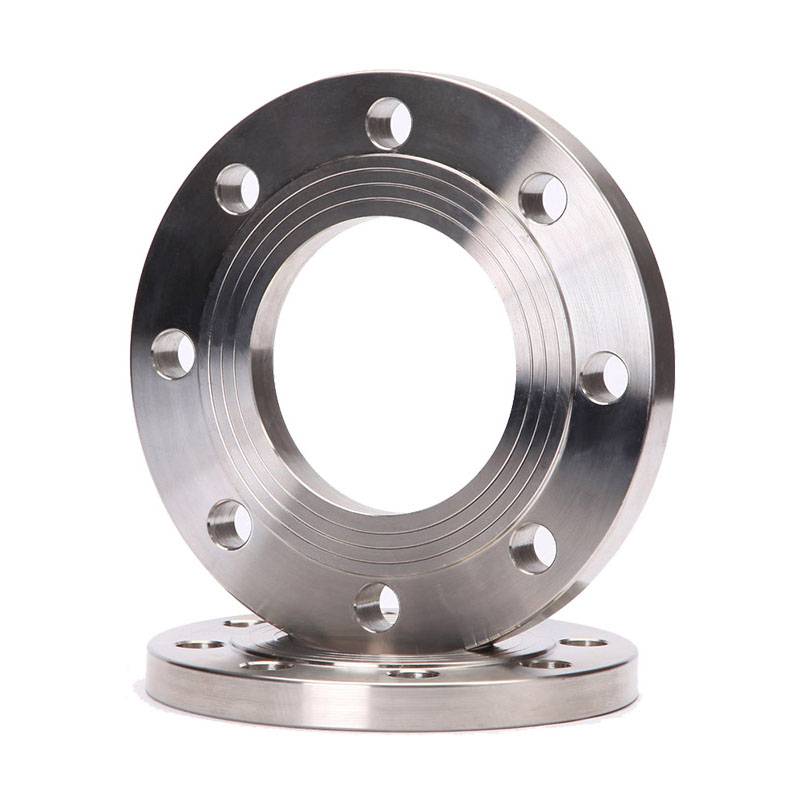-
Cangzhou Yulong Steel Co., Ltd.
-
Phone:
+86 13303177267 -
Email:
admin@ylsteelfittings.com
- English
- Arabic
- Italian
- Spanish
- Portuguese
- German
- kazakh
- Persian
- Greek
- French
- Russian
- Polish
- Thai
- Indonesian
- Vietnamese
- Zulu
- Korean
- Uzbek
- Hindi
- Serbian
- Malay
- Ukrainian
- Gujarati
- Haitian Creole
- hausa
- hawaiian
- Hebrew
- Miao
- Hungarian
- Icelandic
- igbo
- irish
- Japanese
- Javanese
- Kannada
- Khmer
- Rwandese
- Afrikaans
- Albanian
- Amharic
- Armenian
- Azerbaijani
- Basque
- Belarusian
- Bengali
- Bosnian
- Bulgarian
- Catalan
- Cebuano
- China
- China (Taiwan)
- Corsican
- Croatian
- Czech
- Danish
- Esperanto
- Estonian
- Finnish
- Frisian
- Galician
- Georgian
- Kurdish
- Kyrgyz
- Lao
- Latin
- Latvian
- Lithuanian
- Luxembourgish
- Macedonian
- Malgashi
- Malayalam
- Maltese
- Maori
- Marathi
- Mongolian
- Myanmar
- Nepali
- Norwegian
- Norwegian
- Occitan
- Pashto
- Dutch
- Punjabi
- Romanian
- Samoan
- Scottish Gaelic
- Sesotho
- Shona
- Sindhi
- Sinhala
- Slovak
- Slovenian
- Somali
- Sundanese
- Swahili
- Swedish
- Tagalog
- Tajik
- Tamil
- Tatar
- Telugu
- Turkish
- Turkmen
- Urdu
- Uighur
- Welsh
- Bantu
- Yiddish
- Yoruba

Nov . 27, 2024 12:50 Back to list
Understanding the Benefits of Flanged Expansion Joints in Piping Systems
Understanding Flanged Expansion Joints Essential Components for Piping Systems
In the field of industrial piping systems, maintaining the integrity and functionality of pipelines is of paramount importance. One of the critical components that assist in achieving this is the flanged expansion joint. These specialized joints are designed to absorb thermal expansion, vibration, and misalignment in piping systems, ensuring longevity and reducing the risk of system failure.
What are Flanged Expansion Joints?
Flanged expansion joints are flexible connectors used in piping systems that consist of two flanged ends connected to pipes. The primary purpose of these joints is to allow for movement caused by thermal expansion and contraction of the piping materials, which can occur due to temperature fluctuations. Importantly, these joints help prevent stress and strain on the piping structure, which can lead to cracks or leaks over time.
The flanged design allows for easy installation, as they can be bolted directly to pipe flanges without the need for extensive modifications. This makes flanged expansion joints particularly advantageous in situations where quick installation or maintenance is required.
How Flanged Expansion Joints Work
When a piping system heats up, the metal expands. In the absence of proper allowance for this expansion, the increasing pressure can cause damage to the pipes or connected fittings. Flanged expansion joints effectively accommodate this movement by absorbing the axial and lateral displacements through their flexible construction, which may include materials such as rubber, metal, or a composite of both.
The joint achieves flexibility through its internal design, which may include convolutions or bellows that can change shape without causing undue stress on the connected pipes. This ability to absorb movement not only prolongs the lifespan of the piping system but also maintains operational efficiency.
Applications of Flanged Expansion Joints
Flanged expansion joints are widely used across various industries, including
1. Power Generation In power plants, where steam pipes operate under high temperatures and pressure, these joints help to manage thermal expansion and protect the integrity of critical piping systems.
flanged expansion joint

2. Chemical Processing The chemical industry often deals with aggressive fluids and extreme temperatures. Flanged expansion joints can withstand such conditions while accommodating system movement.
3. Water and Wastewater Management In municipal water systems, expansion joints are essential for maintaining structural integrity in long runs of piping that may be subjected to temperature changes due to weather fluctuations.
4. HVAC Systems In heating, ventilation, and air conditioning systems, flanged expansion joints provide flexibility and reduce noise and vibration, enhancing the overall performance of the system.
Benefits of Using Flanged Expansion Joints
The benefits of incorporating flanged expansion joints into a piping system are numerous
- Reduced Stress By allowing for movement, these joints minimize stress on the pipes and joints, preventing premature failures.
- Maintenance and Repair Their design facilitates easier access for inspection and maintenance, reducing downtime and repair costs.
- Vibration Dampening Flanged expansion joints can absorb vibrations that would otherwise transmit through the piping system, protecting sensitive equipment and contributing to smoother operations.
- Cost-Effective Solution Given their role in reducing maintenance costs and ensuring system stability, flanged expansion joints can be a cost-effective addition to any piping system.
Conclusion
Flanged expansion joints are vital components in modern piping systems, offering flexibility, durability, and protection against the adverse effects of thermal expansion and mechanical strain. Understanding their functionality and applications is crucial for engineers and maintenance professionals involved in the design and upkeep of piping systems. By incorporating these joints, industries can ensure reliable and efficient operations while prolonging the lifespan of their infrastructure.
Latest news
-
ANSI 150P SS304 SO FLANGE
NewsFeb.14,2025
-
ASTM A333GR6 STEEL PIPE
NewsJan.20,2025
-
ANSI B16.5 WELDING NECK FLANGE
NewsJan.15,2026
-
ANSI B16.5 SLIP-ON FLANGE
NewsApr.19,2024
-
SABS 1123 FLANGE
NewsJan.15,2025
-
DIN86044 PLATE FLANGE
NewsApr.19,2024
-
DIN2527 BLIND FLANGE
NewsApr.12,2024
-
JIS B2311 Butt-Welding Fittings LR/SR 45°/90° /180°Seamless/Weld
NewsApr.23,2024











